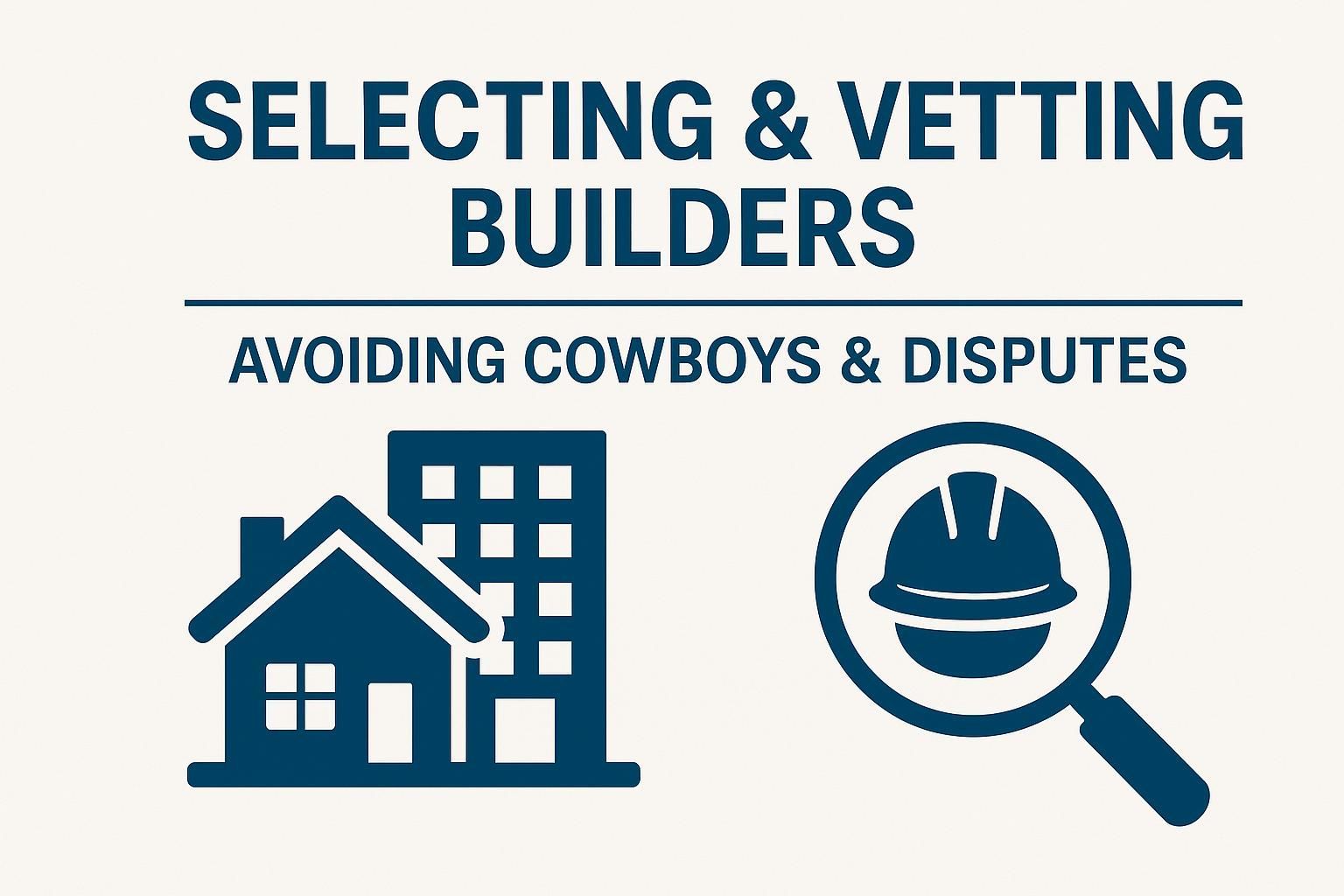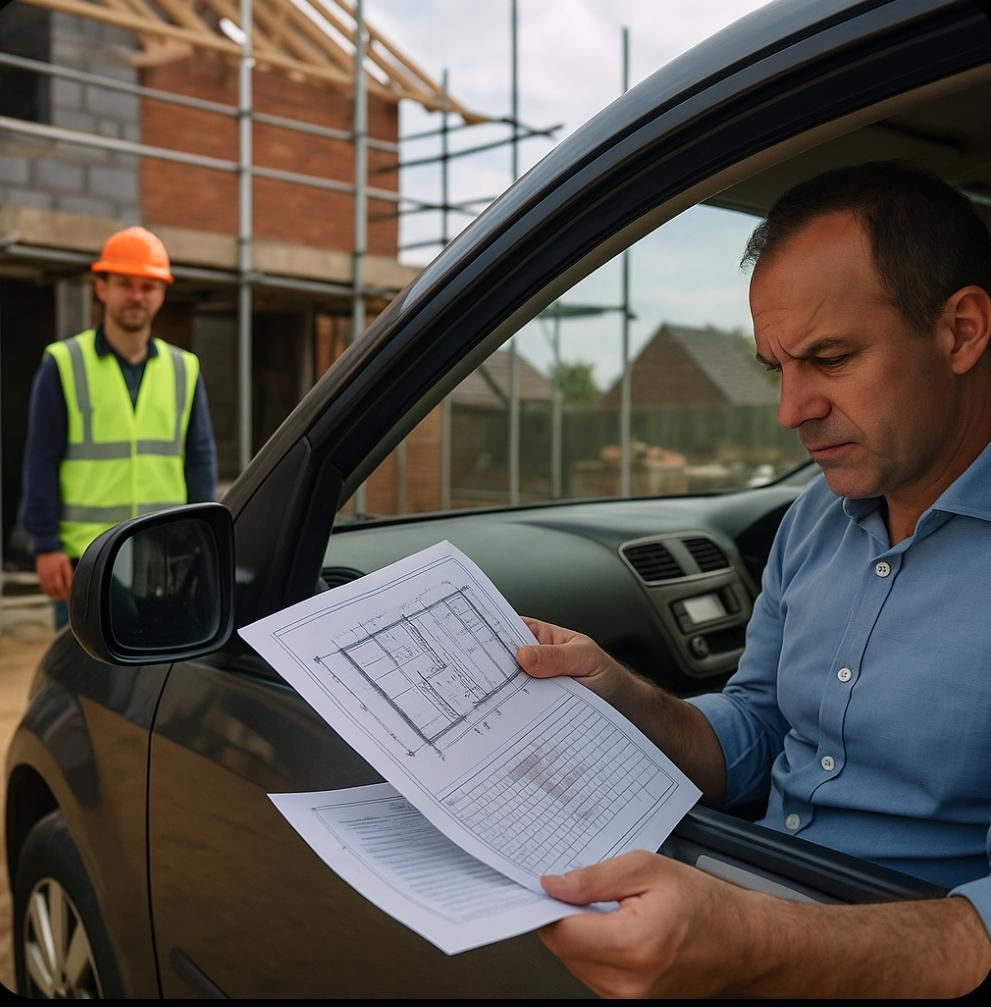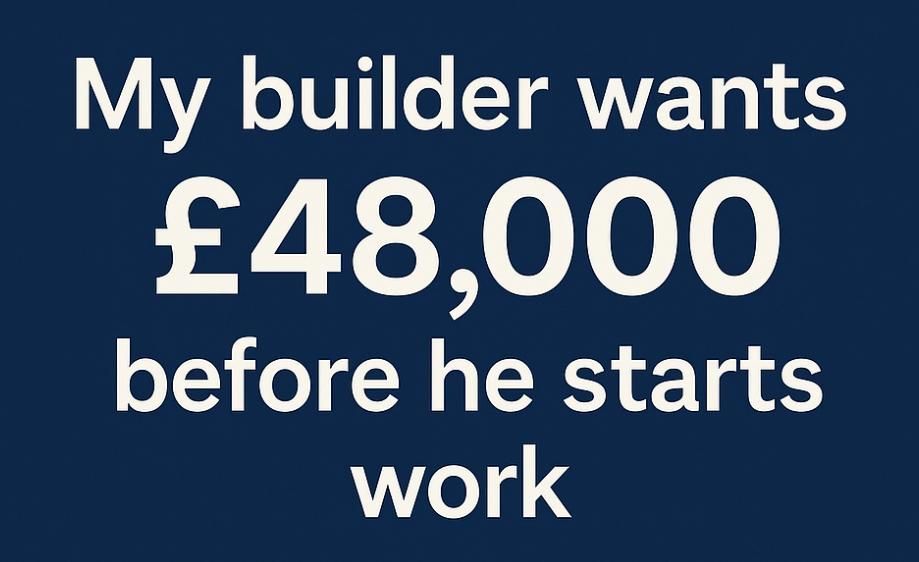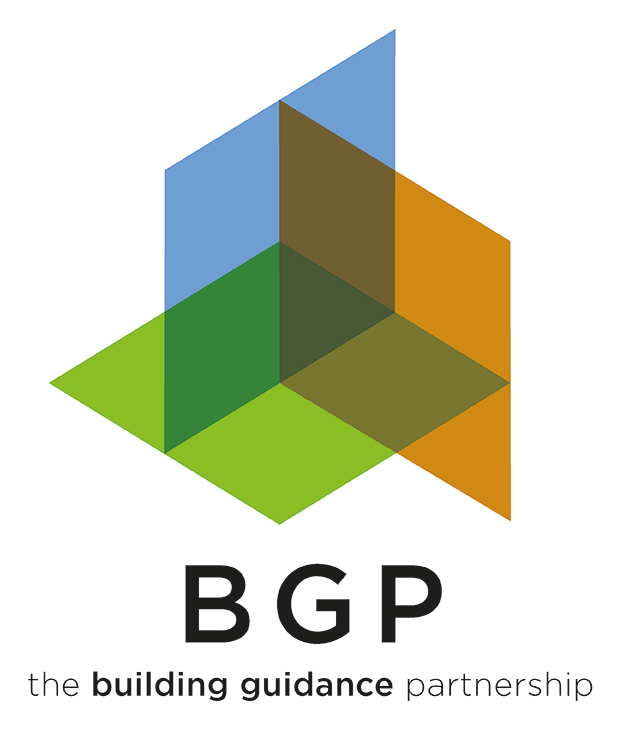Complete Guide to External Wall Insulation for UK Homeowners

Introduction
Insulating your home’s external walls – whether from the outside (external insulation) or from the inside (internal insulation) – can dramatically reduce heat loss, improve comfort, and make your home more energy efficient. This guide provides a detailed, practical explanation of external wall insulation (EWI), internal wall insulation (IWI), and hybrid approaches, covering types of materials, finishes, installation methods, and key considerations for homeowners.
Why Insulate Your External Walls?
Lower Energy Bills
Proper insulation significantly reduces the amount of heat escaping from your home, lowering your heating costs by hundreds of pounds annually.
Improved Comfort
Insulated walls eliminate cold spots and draughts, maintaining an even, comfortable temperature throughout your home.
Protection Against Damp and Mould
Keeping masonry walls warmer reduces the risk of condensation and mould formation. Breathable insulation systems can further protect against moisture issues.
Enhancing Appearance
External wall insulation often refreshes the external look of a property, allowing for new finishes like renders or brick slips.
Increasing Property Value
Energy-efficient homes are increasingly desirable. Improved EPC ratings and enhanced aesthetics can add value.
Soundproofing and Fire Safety
Certain materials, such as mineral wool, provide excellent soundproofing and fire resistance.
Preparing for Future Heating Systems
With the rise of low-temperature heating systems like heat pumps, a well-insulated home is crucial for efficiency and comfort.
External vs Internal Wall Insulation:
An Overview
External Wall Insulation (EWI)
- Applied to the outside of the home.
- No internal disruption.
- Preserves indoor space.
- Refreshes external appearance.
- Requires scaffolding and possible planning considerations.
Internal Wall Insulation (IWI)
- Applied to the inside walls.
- Can be installed room-by-room.
- Reduces internal space slightly.
- Preserves external appearance.
- Requires redecoration and careful moisture management.
Hybrid Approach
- Combines external insulation where possible and internal where necessary.
- Useful for heritage properties or conservation areas. Also useful where area close to external wall is restricted size for example a shared walkway.
External Wall Insulation (EWI)
How It Works
Insulation boards (e.g., EPS, mineral wool, phenolic) are fixed to external walls, covered with reinforcement mesh and finished with render, brick slips, or cladding.
Benefits
- Eliminates thermal bridging.
- Protects the existing structure.
- Greatly improves thermal performance.
Access and Planning
- Scaffolding needed.
- Planning permission may be required, especially in conservation areas.
Structural Considerations
- Walls must be sound.
- Damp-proof course must be respected.
Common Insulation Materials for EWI
Expanded Polystyrene (EPS)
- Affordable, lightweight, good insulation value.
- Fire risk: must be rendered and protected.
Mineral Wool
- Non-combustible, breathable, excellent fire and acoustic performance.
- Heavier and more expensive than EPS.
Phenolic and PIR Boards
- High insulation values (thin boards).
- Moderately fire-resistant but combustible.
Wood Fibre
- Breathable, eco-friendly.
- Requires thicker applications and careful detailing.
Finishes for External Insulation
Render
- Acrylic, silicone, or mineral renders.
- Range of colours and textures.
Brick Slips
- Thin slices of real brick.
- Maintain traditional appearances.
- Acrylic faux brick often used.
Cladding
- Timber, composite, or metal finishes.
- Installed on battens with ventilated cavities.
Mixing Finishes
- Common to combine finishes (e.g., render with brick slips for front facades).
Installation Process for External Wall Insulation
- Survey and preparation.
2. Fixing insulation boards.
3. Applying reinforcement mesh and basecoat.
4. Applying the final finish (render, brick slips, cladding).
5. Refixing external fixtures (pipes, lights, alarms).
6. Final inspection and handover.
Internal Wall Insulation (IWI)
How It Works
Insulation is added to the internal face of external walls, finished with plasterboard.
Suitable Situations
- Where external changes are prohibited.
- Room-by-room renovations.
Types
- Rigid insulated plasterboards.
- Stud wall systems with mineral wool or PIR infill.
Moisture Management
- Vapour barriers or breathable materials essential to prevent condensation.
Installation Process for Internal Insulation
- Clear and prepare rooms.
2. Apply insulation (dot-and-dab, mechanical fixings, or stud walls).
3. Install vapour barriers if needed.
4. Finish with plasterboard and skim.
5. Redecorate and refit fixtures.
Combining External and Internal Insulation (Hybrid Approach)
When Appropriate
- Conservation areas.
- Tight boundaries.
- Specific aesthetic requirements.
Advantages
- Maximises insulation coverage.
- Preserves important facades.
Challenges
- Careful design at junctions.
- Moisture management essential.
Comparing Insulation Options
Summary Table
EWI with EPS
Key benefits: Cost-effective, good thermal performance
Drawbacks: Fire risk if not detailed correctly
EWI with Mineral Wool
Key benefits: Non-combustible, breathable
Drawbacks: More expensive and heavier
EWI with Phenolic/PIR
Key benefits: Very thin, excellent insulation
Drawbacks: Combustible, costlier
EWI with Wood Fibre
Key benefits: Breathable, eco-friendly
Drawbacks: Thicker walls, specialist installation
Internal Wall Insulation
Key benefits: Maintains external appearance, can be phased
Drawbacks: Reduces room size, condensation risk
Hybrid
Key benefits: Best performance + appearance
Drawbacks: Complex design, higher initial cost
Conclusion: The Importance of Proper Wall Insulation
Wall insulation is vital for reducing heat loss, cutting energy bills, improving comfort, and futureproofing homes against rising energy costs and regulatory changes.
It is especially critical when installing low-temperature heating systems like heat pumps, which work most efficiently in well-insulated homes. Without adequate insulation, a heat pump may struggle to maintain temperatures and may consume more electricity than necessary.
Done properly, wall insulation (external, internal, or hybrid) is a one-off investment that will enhance your home’s warmth, value, and energy efficiency for decades to come.
Always engage qualified professionals, ensure certified systems are used, and address moisture management carefully. With the right approach, your home will be more comfortable, greener, and ready for the future.
And finally …
This guide is for general installation. Do rely only on your specialist adviser’s and installers. Each site is unique.
The Building Guidance Partnership
+44 (0)20 8076 3110



